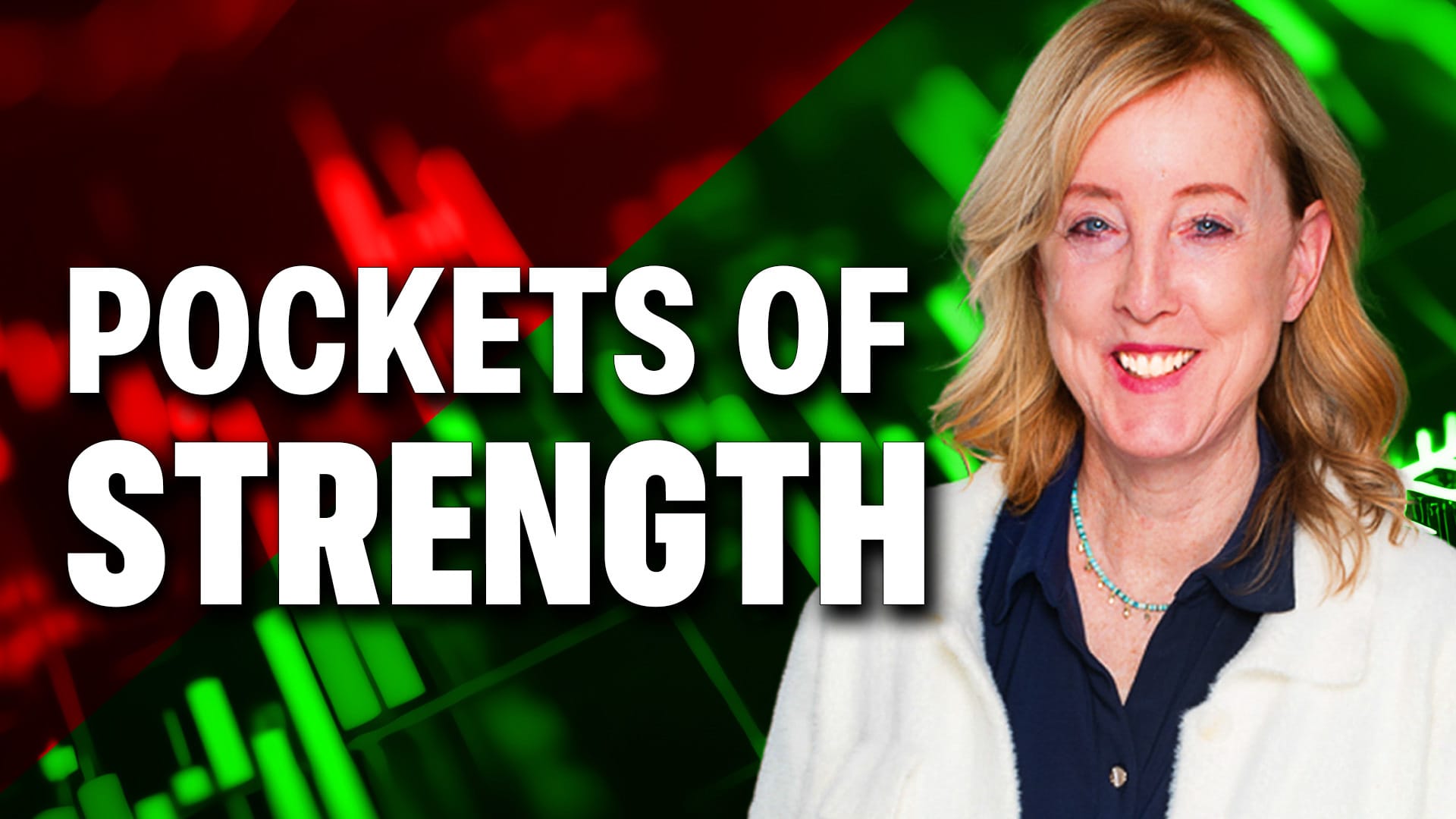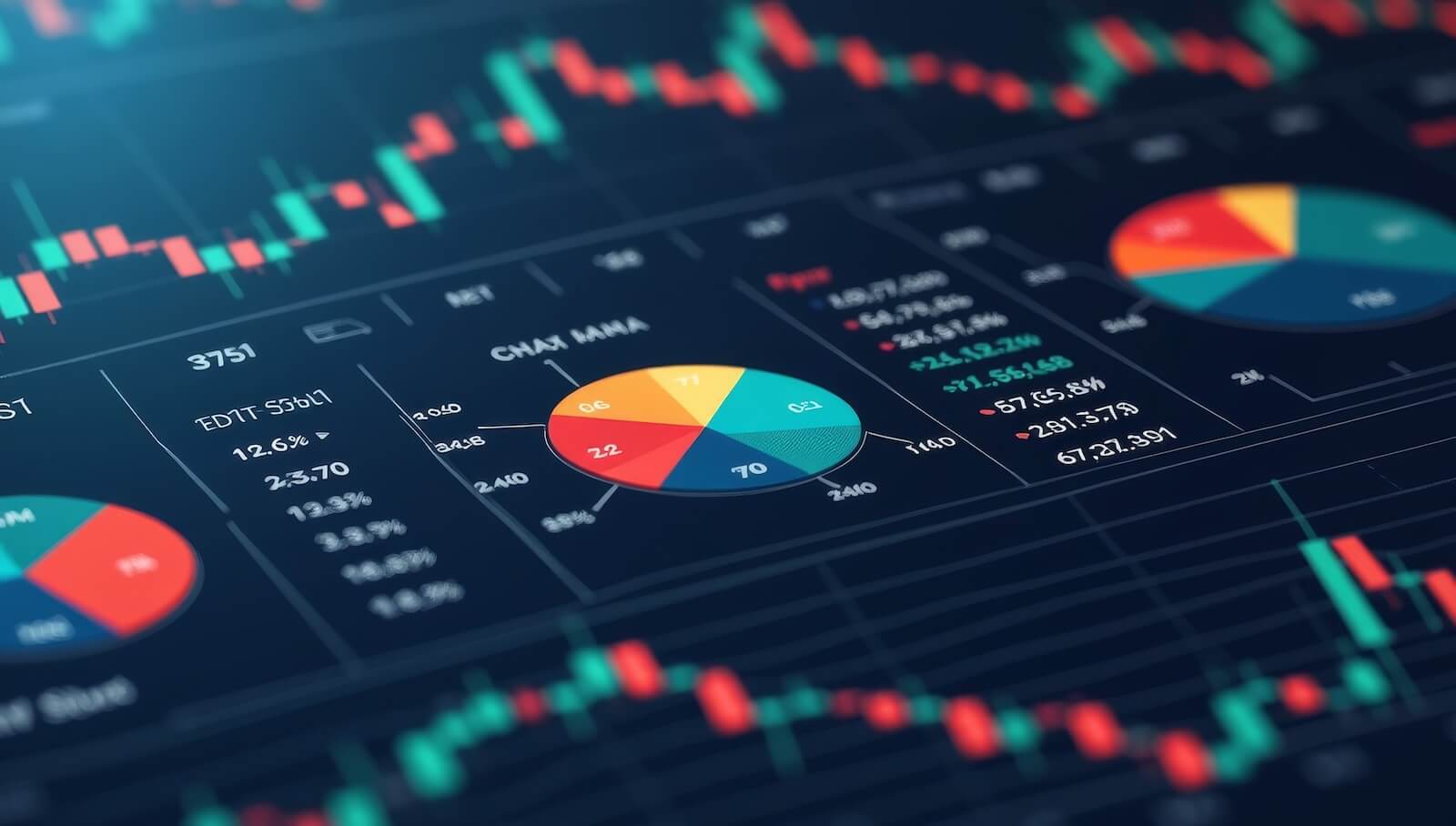MARKET TURNS MORE DEFENSIVE -- FALLING DOLLAR AND RISING COMMODITIES COULD PRODUCE HIGHER RATES IN 2004
SECTOR LEADERS REFLECT DEFENSIVE MOOD... As we review the various market sectors on Christmas Eve, it appears that investors have turned somewhat defensive. That's probably not too surprising. The market has had a good year -- boosted by historically low interest rates. New signs of leadership by industrial stocks aren't historically that good for the market. And, the market is almost two-thirds of the way through its seasonally strongest period of the year. Money managers anxious to protect their profits -- but unable to leave the market -- rotate out of former market leaders into more defensive stocks. We've seen that recently with more interest in large cap value stocks like the industrials. A review of the various sector indexes shown below show several groups that seem to be attracting new money as well. In the healthcare area, the Biotech and Pharmaceutical Indexes are breaking through resistance levels. Drug stocks have been market laggards all year. That may be changing. Energy stocks remain strong. The Oil Service Index recently broke through resistance at its August high -- and is now finding support along that level. Utility stocks are on a tear. The Dow Utility Average has climbed to a new 18-month high. All of these stock groups are defensive in nature.

Chart 1

Chart 2

Chart 3

Chart 4
HEALTHCARE ETF BREAKOUT... I've started covering Exchange Traded Funds a lot more lately. That's because I believe that ETFs represent an excellent way to participate in sector trends. ETFs are baskets of securities that trade throughout the day. They can be bought and sold like regular stocks. Most are traded on the American Stock Exchange. With biotech and drug stocks on the rise, it's no surprise to see the Health Care ETF rising as well. Its daily chart shows the XLV Index breaking through its September high to achieve a bullish breakout. Upside volume has been strong. The relative strength line along the bottom is just starting to turn up. Support should now function along that broken August high.

Chart 5
BOND YIELDS TEST LOWER END OF RANGE... Bond yields rose sharply during June and July in what appears to be the start of a major bottoming process. A falling dollar and rising commodity prices are two of the factors that threaten to drive long-term rates higher. Since August, however, the 10-year T-note yield has traded sideways between 4.5% and 4.0%. A recent drop in yields puts them in the lower end of the second half's trading range, and within striking distance of their 200-day moving average. One of the factors keeping long-term rates down is the Fed's commitment to keeping short-rate rates down. That forces fixed income investors to move further out in the yield curve to achieve a better return. In so doing, they buy 10-year Treasuries. That keeps prices up and yields down. I happen to believe that the sideways pattern seen since August is a prelude to higher rates next year. If that happens, that could cause problems for the economy and the stock market.

Chart 6
FALLING DOLLAR IS A WILD CARD... The U.S. Dollar Index has fallen to the lowest level in seven years. Although a falling dollar has coexisted with a strong stock market this year, it is a potential problem if it produces two negative side-effects. One is rising commodity prices. We already have that. The CRB Index is trading at a seven-year high. The other is rising rates. We don't have that yet. If we do, the dollar's fall could become a problem for stocks. Bear markets during 1987, 1990, and 1994 were preceded by a falling dollar, rising commodities, and falling bond prices. At this point, two of those three pre-conditions are present. If the dollar continues to fall, and foreigners continue to reduce their purchases of U.S. Treasuries, that could push yields higher as well. The market can ignore a falling dollar -- but only for so long. The dollar has a history of rebounding at the start of a new year. Even if it does, the major trend will still be down.

Chart 7
CRB INDEX TESTING 1996 PEAK... The CRB Index of commodity markets has reached a seven-year high and appears to be in the midst of a major bull trend. The index, however, has reached a potential resistance barrier at its 1996 peak near 260. We've seen some selling in the commodity pits over the past couple of weeks owing to some profit-taking in overbought commodity markets. Much of the downside selling has been seen in the agricultural markets. On Tuesday, wheat prices fell to a three-month low on diminished export hopes. In Wednesday morning trading, live cattle futures fell the daily limit(-$1.50) on an outbreak of Mad Cow disease in Washington. Corn and wheat also traded sharply lower. The CRB Index has slipped back to the 255 level as a result. Agricultural markets, however, are poor economic barometers. Commodities that are up today are precious and industrial metals -- as well as energy prices. Those are the commodities that are more closely tied to the dollar and bonds. What the CRB Index does around its 1996 high could have a major bearing on the direction of interest rates.

Chart 8
CRB/BOND RATIO... Chart 9 is a ratio of the CRB index divided by bond prices. The last twenty years has been characterized by falling commodities and falling interest rates. That resulted in a falling CRB/bond ratio since the early 1980s. The ratio has been rising since the start of 2002 (when the dollar peaked) and has now reached its year 2000 peak. Chartwise, that looks like an important chart juncture. A pullback in commodities from current levels could prevent an upside breakout and help keep interest rates flat. An upside breakout in the CRB/bond ratio would be a good sign for commodities and a bad sign for bonds. An upside breakout would be another chart sign that time is running out on lower rates. That may be one reason why money managers are turning more defensive as we end the old year and approach the new one.

Chart 9
HAPPY HOLIDAYS... This is that special time of the year when we pause long enough to show our appreciation to old and new friends. It's been a good year marketwise. We appreciate the confidence you've placed in us during the past year. And we hope to continue earning that trust in the new year. Please accept our warmest wishes for a happy holiday season.











